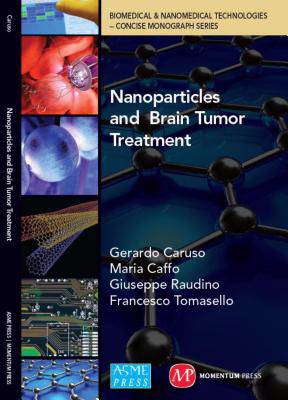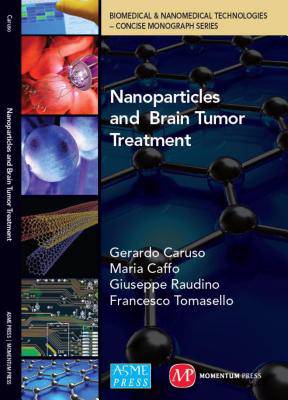
- Afhalen na 1 uur in een winkel met voorraad
- Gratis thuislevering in België vanaf € 30
- Ruim aanbod met 7 miljoen producten
- Afhalen na 1 uur in een winkel met voorraad
- Gratis thuislevering in België vanaf € 30
- Ruim aanbod met 7 miljoen producten
Zoeken
Omschrijving
Despite progresses in surgery, radiotherapy, and in chemotherapy, an effective curative treatment of gliomas does not yet exist. Mortality is still close to 100% and the average survival of patients with GBM is less than 1 year. The efficacy of current anti-cancer strategies in brain tumors is limited by the lack of specific therapies against malignant cells. Besides, the delivery of the drugs to brain tumors is limited by the presence of the blood brain barrier. The oncogenesis of gliomas is characterized by several biological processes and genetic alterations, involved in the neoplastic transformation. The modulation of gene expression to more levels, such as DNA, mRNA, proteins and transduction signal pathways, may be the most effective modality to down-regulate or silence some specific gene functions. Gliomas are characterized by extensive microvascular proliferation and a higher degree of vasculature. In malignant gliomas targeted therapies efficacy is low.
Specificaties
Betrokkenen
- Auteur(s):
- Uitgeverij:
Inhoud
- Aantal bladzijden:
- 99
- Taal:
- Engels
- Reeks:
Eigenschappen
- Productcode (EAN):
- 9780791860038
- Verschijningsdatum:
- 12/10/2012
- Uitvoering:
- Hardcover
- Formaat:
- Genaaid
- Afmetingen:
- 157 mm x 231 mm
- Gewicht:
- 272 g

Alleen bij Standaard Boekhandel
+ 274 punten op je klantenkaart van Standaard Boekhandel
Beoordelingen
We publiceren alleen reviews die voldoen aan de voorwaarden voor reviews. Bekijk onze voorwaarden voor reviews.











